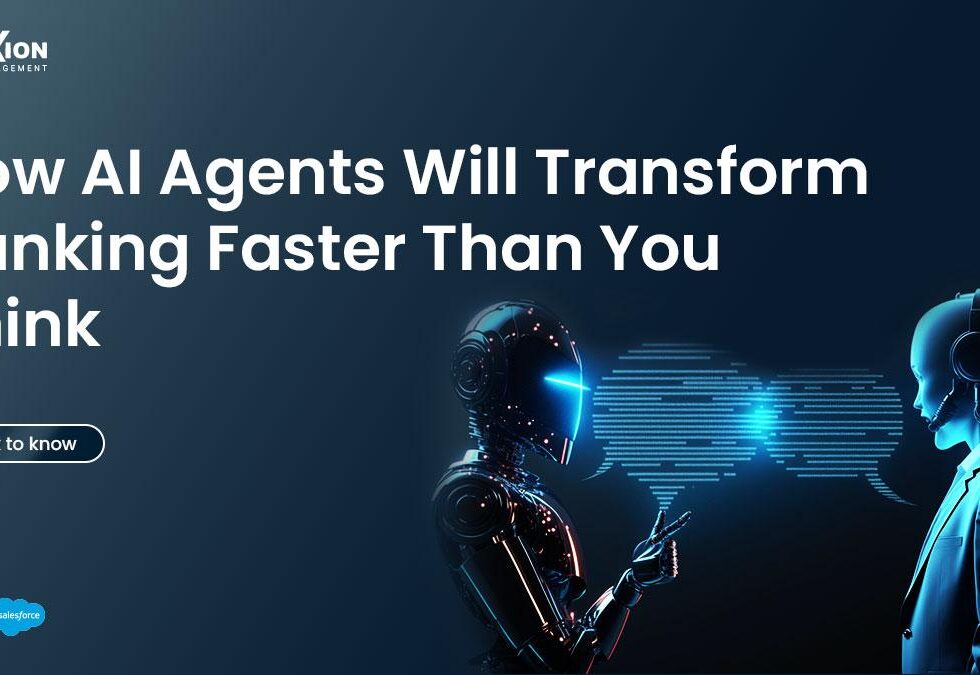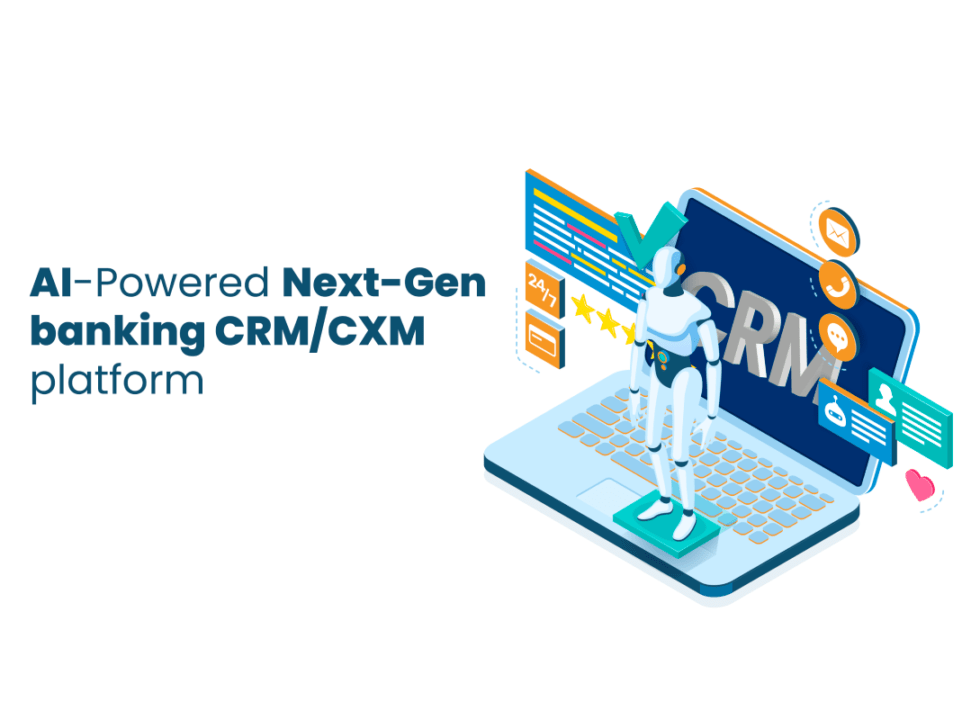
Innovations Shaping Financial Services Technology
December 6, 2016
Demystifying Blockchain
January 8, 2017Ali Safri, Head of Presales and Technology, Avanza Solutions
This article was originally published in Intelligent CIO Middle East. Read it here (page 42-47)
It is said that “A customer’s perception is your reality” and a customer’s experience of any organization is what defines its market worth. This is why customer experience is the key to any organization’s success and is something no business should ignore. Cognitive CRMs promise new possibilities, gradually moving an organization towards a far superior user experience – one that is strengthened through data and human and technological collaboration, writes Ali Safri, Head of Presales and Technology, Avanza Solutions.
With this in mind, the first generation of CRM systems emerged which helped by building up a central customer hub where a customer’s relationship with the organization would be visible to everyone within the company. This provided information that empowered marketing, sales and customer service functions by providing them with the appropriate tools and data to perform one simple task “serve the customer”. However, traditional first generation CRMs relied on the structured data about the customer captured across multiple systems within the enterprise, based on which decision making for marketing, sales and customer services was reliant on human intelligence.
With increased build-up of structured data and advances in business intelligence technologies, a new class of CRM called ‘Analytical CRM’ emerged. This however required building up, predictive analytics and statistical models, which although not an impossible task required deep technology, statistical and business acumen. But again these models were based on structured data for ‘what if’ analysis and forecasting. With the explosion of social media a new stream of unstructured data emerged in the form of Facebook posts, blogs and twitter feeds among other social platforms. This led to the emergence of socially integrated CRMs mostly reliant on enabling communication across said platforms. A commonly agreed upon statistic is that around 80 per cent of all data being generated globally comes in the form of unstructured data. This is a significant amount, and making sense of it requires an intelligent model mirroring human cognition. Thus, traditional CRM’s are ill equipped to make sense out of this plethora of data.
Human Interaction however remains vital. Customer perception is shaped by the tone of the agent handling the customer call regardless of data patterns available along with a sales team’s cross-selling skills to sell a new product to a new customer. Hence traditional CRMs have to rely on human language, emotions and human intelligence to process structured or unstructured data. Cognitive computing, however, provides a promise to solve problems of traditional CRMs. It is the latest breakthrough in technology providing natural language processing, machine learning, human sentiment analysis, tone analysis and trade off analytics. Cognitive computing helps generate unique insights from unstructured data, making the systems reactive, humanized and intelligent in real-time. At the forefront of cognitive computing discipline is IBM’s Watson which uses natural language processing and machine learning, among other AI technologies, to reveal insights from team’s cross-selling skills to sell a new product to a new customer. Hence traditional CRMs have to rely on human language, emotions and human intelligence to process structured or unstructured data. Cognitive computing, however, provides a promise to solve problems of traditional CRMs. It is the latest breakthrough in technology providing natural language processing, machine learning, human sentiment analysis, tone analysis and trade off analytics. Cognitive computing helps generate unique insights from unstructured data, making the systems reactive, humanized and intelligent in real-time.
At the forefront of cognitive computing discipline is IBM’s Watson which uses natural language processing and machine learning, among other AI technologies, to reveal insights from large amounts of unstructured and structured data. It employs reasoning strategies that evolve to become more sophisticated and handle increasingly complex problems. Other players like Microsoft Cognitive Services and Google Deep Mind are not far behind. Therefore, the next evolution of the CRM system is naturally cognitive technology combined with traditional CRMs leading to a futuristic system called Cognitive CRM. A man and machine combination that promises the following possibilities:
Better customer serviceability
- Physical human agents are scarce human resources. Imagine calling up a helpline and waiting in a queue as a customer – it leads to dissatisfaction. With cognitive technology intelligent bots who understand human language engage customers and try to solve problems intelligently backed by machine learning. If the bot cannot solve an issue then it can redirect you to a physical human agent.
- A customer sends an email in an angry tone. With current systems it goes through the hierarchy of assigned teams which might not be well equipped to address human sentiments and thus respond incorrectly. Cognitive technology will scan the email and try to analyse the customer sentiments and if customer seems dissatisfied use emotion analytics to understand the level of dissatisfaction along with the customer interaction history and importance and redirect the email to be responded to by users with the right skill set and along with appropriate pointers.
- In traditional CRMs, turnaround times are kept low to maximize productivity. Escalations only happen if that turnaround time is violated prompting action from managers. With cognitive CRM’s any and all customer interactions are monitored in real time so any communication which does not fit the organization’s requirement is avoided, leading to a lesser probability of customer annoyance.
- Cognitive CRMs can analyse customer reviews/inputs on social media, providing detailed understanding of possible patterns of customer dissatisfaction
- Physical branches can have a small fleet of robots which use the human speech based on natural language processing, audio/visual analysis to solve customer problems and less waiting time
At the customer hub
- Along with customer relationship and demographics data, cognitive technology will try to measure the overall satisfaction and happiness of the customer after analysing the past interactions, structured and unstructured data as a new and vital customer metric.
Marketing and Campaign Management
- Traditional CRMs are equipped with rule engines to target the right audience but on structured data only. With cognitive technology, another dimension would be based on unstructured data for targeting new customers based on data available on the internet enhancing the targeting.
Sales force Automation
- Assigned leads can be tasked to virtual bot assistants, who would engage with prospective customers talking in natural language to find their interest, saving human interaction for more complex engagements.
- Intelligent bots may mine unstructured data on social platforms to identify upsell/cross selling opportunities. This would depend of the customer’s intent to purchase something that is corresponding to your product portfolio and later passing on to a human.
- Traditional CRMs act as data locking tools only. With cognitive CRMs all past interactions with similar products, similar customer and post-sales unstructured data available online can be crunched to form a sales strategy to win specific customers and or deals.






